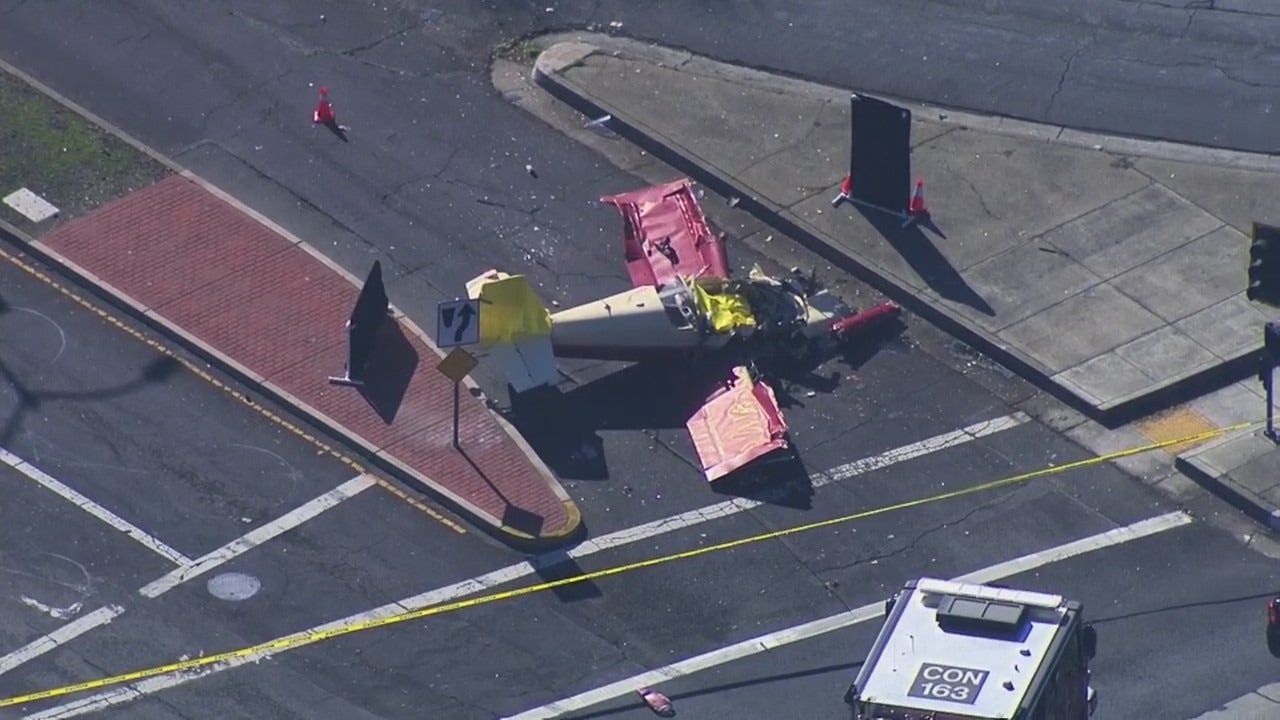
Small plane crash kills 1 in East Bay
A small plane crashed in Concord, killing one person on Tuesday, authorities said.


@Dan Thomas , how does this type of usage affect engine longevity compared to more typical usage?This story is odd. ADSB looks like he did about zillion laps in the pattern. Vans Air Force users say that was *all* he did. Like, ever.
RV6 N30AK Fatal
KCCR: At approx. 10:30 local while doing pattern work a mayday was called upon departure. The owner and pilot was the sole occupant and suffered fatal injuries. He was well known at the field for doing a huge amount of pattern work. His tires never touched down more than 6 inches apart from one...vansairforce.net
If it had an adequate carb heat setup to start with....
Accident Van's RV-6 N30AK,
On January 30, 2024, at 1029 Pacific standard time, an experimental amateur-built Vans RV-6, N30AK, was substantially damaged when it was involved in an accident near Concord, California....aviation-safety.net
The weather was about as good as it gets, so it shouldn’t be a factor unless it was carb icing (not knowing if this plane even has a carb).
Flight school airplanes do it all the time. Here in Canada, with some extra inspections, a commercial airplane can run an engine on-condition well past the normal TBO. We didn't, but those engines still had compressions in the high 70s and no metal in the filters when we pulled them at TBO.@Dan Thomas , how does this type of usage affect engine longevity compared to more typical usage?
Depends on the size of the engine. Cessna used 2-inch SCAT on their O-320s, No problems. That hose might be a bit small for an O-540.If it had an adequate carb heat setup to start with....
"The Van's Aircraft construction and operating manual states that one method of building the carburetor heat system is to 'run a 2-inch air hose from a heat muff and position it to feed into the alternative air inlet of the carburetor] air box,' which is the method by which the pilot constructed the airplane. According to the inspector, the 2-inch hose is not large enough to adequately supply enough heat to the carburetor to sufficiently melt the ice.
Which suggests he might have been trying to get max Vx, and got a power-on stall and spin instead.Looks like he got pretty slow on the final climbout, compared to each pass that preceded it:
